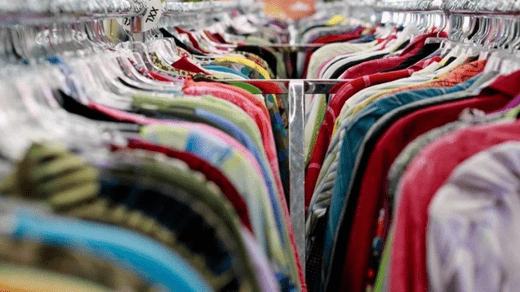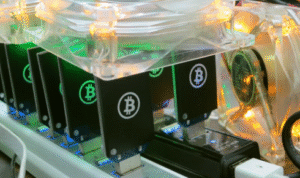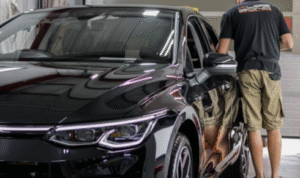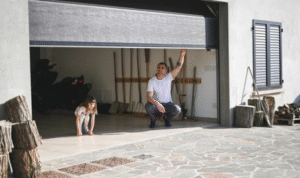From Sketch to Store: The Journey of a Fashion Collection

From Sketch to Store: The Journey of a Fashion Collection
Certainly! Here are 30 points discussing the journey of a fashion collection from sketch to store, along with their pros and cons:
From Sketch to Store: The Journey of a Fashion Collection
1. Concept Development: The journey begins with conceptualizing the collection, including themes, inspiration, and target audience.
2. Sketching: Designers create sketches to visualize their ideas and garment designs.
3. Fabric Selection: Choosing the right fabrics is crucial for achieving the desired look and feel.
4. Pattern Making: Patterns are drafted based on the sketches to create the templates for cutting fabric.
5. Sample Creation: Initial samples are made to test the design and fit.
Pros of Developing a Fashion Collection:
6. Creativity: The process allows designers to express their creativity and vision.
7. Innovation: It fosters innovation in design, materials, and techniques.
8. Artistry: Fashion collections are a form of artistic expression.
9. Job Creation: The fashion industry creates jobs from design to manufacturing.
10. Economic Impact: Fashion contributes significantly to the global economy.
11. Diversity: Fashion collections cater to diverse tastes and preferences.
12. Brand Identity: Collections reinforce a brand’s identity and image.
13. Trendsetting: Designers have the opportunity to set new fashion trends.
14. Consumer Choice: Collections offer consumers a variety of options.
15. Cultural Expression: Fashion can reflect cultural influences and heritage.
Cons of Developing a Fashion Collection:
16. Environmental Impact: The fashion industry can have a negative impact on the environment.
17. Fast Fashion: Some collections promote unsustainable fast fashion practices.
18. Pressure: Designers often face tight deadlines and creative pressure.
19. Competition: The fashion market is highly competitive.
20. Waste: The industry generates a significant amount of textile waste.
21. Ethical Concerns: Concerns about labor conditions and ethics in fashion production.
The Production Process:
22. Sample Approval: Once the sample is approved, the final production process begins.
23. Fabric Cutting: Fabrics are cut based on the patterns.
24. Sewing and Assembly: Garments are sewn together and assembled.
25. Quality Control: Inspection ensures that each piece meets quality standards.
26. Labeling and Packaging: Garments are labeled and packaged for distribution.
27. Fashion Shows: Designers often showcase their collections through fashion shows.
28. Marketing and Promotion: Marketing efforts are crucial to generate interest.
29. Distribution: Collections are distributed to retailers or sold online.
30. Consumer Reception: Success is determined by how well the collection is received by consumers.
In conclusion, the journey of a fashion collection from sketch to store is a creative and complex process with both pros and cons. While it allows for artistic expression, innovation, and economic impact, it also raises concerns about sustainability, ethics, and competition. Fashion collections play a significant role in the global fashion industry and consumer choices, making it a dynamic and influential process.








